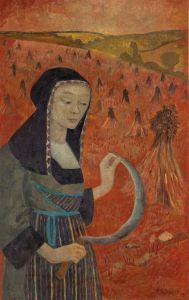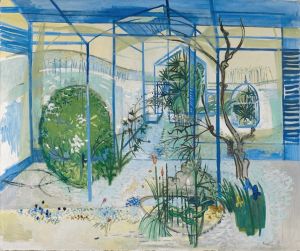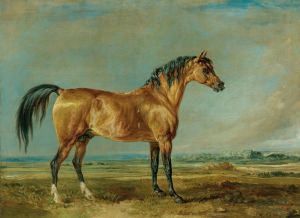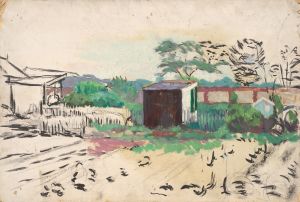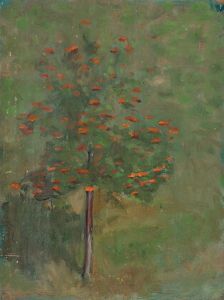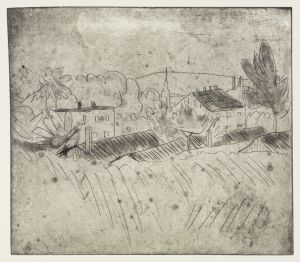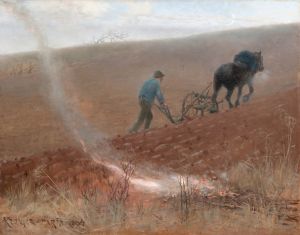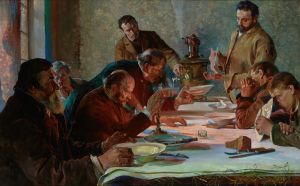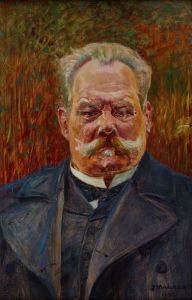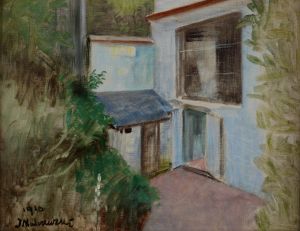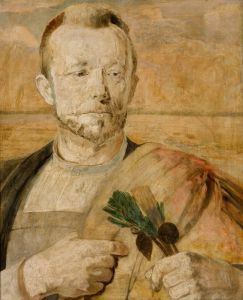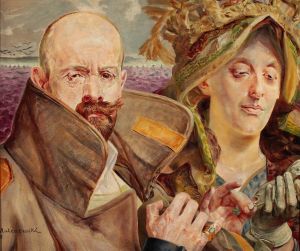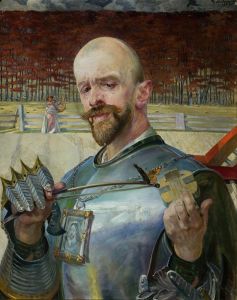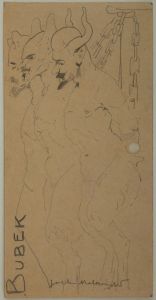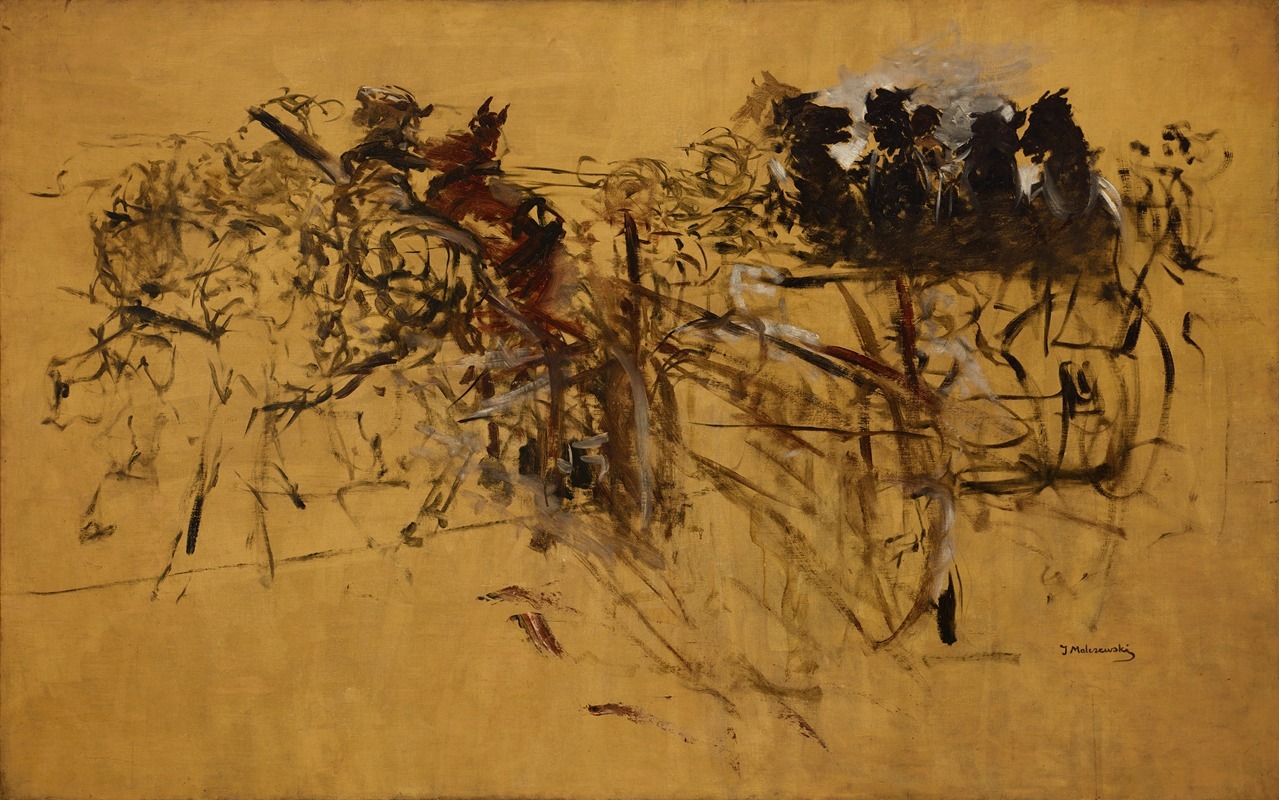
Ploughing
A hand-painted replica of Jacek Malczewski’s masterpiece Ploughing, meticulously crafted by professional artists to capture the true essence of the original. Each piece is created with museum-quality canvas and rare mineral pigments, carefully painted by experienced artists with delicate brushstrokes and rich, layered colors to perfectly recreate the texture of the original artwork. Unlike machine-printed reproductions, this hand-painted version brings the painting to life, infused with the artist’s emotions and skill in every stroke. Whether for personal collection or home decoration, it instantly elevates the artistic atmosphere of any space.
Jacek Malczewski, a prominent Polish painter associated with the Symbolist movement, created the painting "Ploughing" in 1892. Malczewski is renowned for his unique style that often blends realism with symbolic elements, reflecting the socio-political context of Poland during his lifetime. "Ploughing" is a significant work that exemplifies his artistic approach and thematic concerns.
The painting depicts a rural scene, focusing on the act of ploughing, a fundamental agricultural activity. This subject matter is deeply rooted in the Polish landscape and cultural identity, resonating with the nation's agrarian traditions. Malczewski's choice to portray such a scene can be interpreted as a reflection of the Polish people's connection to their land, especially during a period when Poland was partitioned and lacked political sovereignty.
In "Ploughing," Malczewski employs a realistic style to capture the physicality and labor involved in tilling the soil. The composition is carefully structured, with a strong emphasis on the figures of the ploughman and the horses, which dominate the foreground. The artist's attention to detail is evident in the depiction of the muscular forms of the horses and the determined expression of the ploughman, conveying a sense of strength and resilience.
The background of the painting features a vast, open landscape under a wide sky, typical of the Polish countryside. This setting not only provides a realistic context for the scene but also serves as a symbolic element, representing the broader themes of nature, toil, and the cycle of life. The expansive sky and horizon suggest a sense of continuity and timelessness, reinforcing the idea of agriculture as an enduring and essential aspect of human existence.
Malczewski's use of color in "Ploughing" is notable for its earthy tones, which enhance the naturalism of the scene. The palette consists of browns, greens, and blues, creating a harmonious balance that reflects the organic environment. This choice of colors also contributes to the painting's mood, evoking a sense of calm and stability amidst the hard work depicted.
While "Ploughing" is primarily a realistic portrayal, it also contains symbolic undertones characteristic of Malczewski's work. The act of ploughing can be seen as a metaphor for perseverance and the cultivation of one's heritage, particularly relevant to the Polish context of the time. Through this painting, Malczewski not only captures a moment of rural life but also alludes to broader national themes, such as the struggle for identity and the hope for renewal.
Jacek Malczewski's "Ploughing" remains an important work within his oeuvre and the broader context of Polish art. It exemplifies his ability to blend realism with symbolism, creating a piece that is both a faithful representation of rural life and a poignant commentary on the cultural and historical circumstances of Poland. The painting continues to be appreciated for its artistic merit and its reflection of the enduring connection between people and their land.





